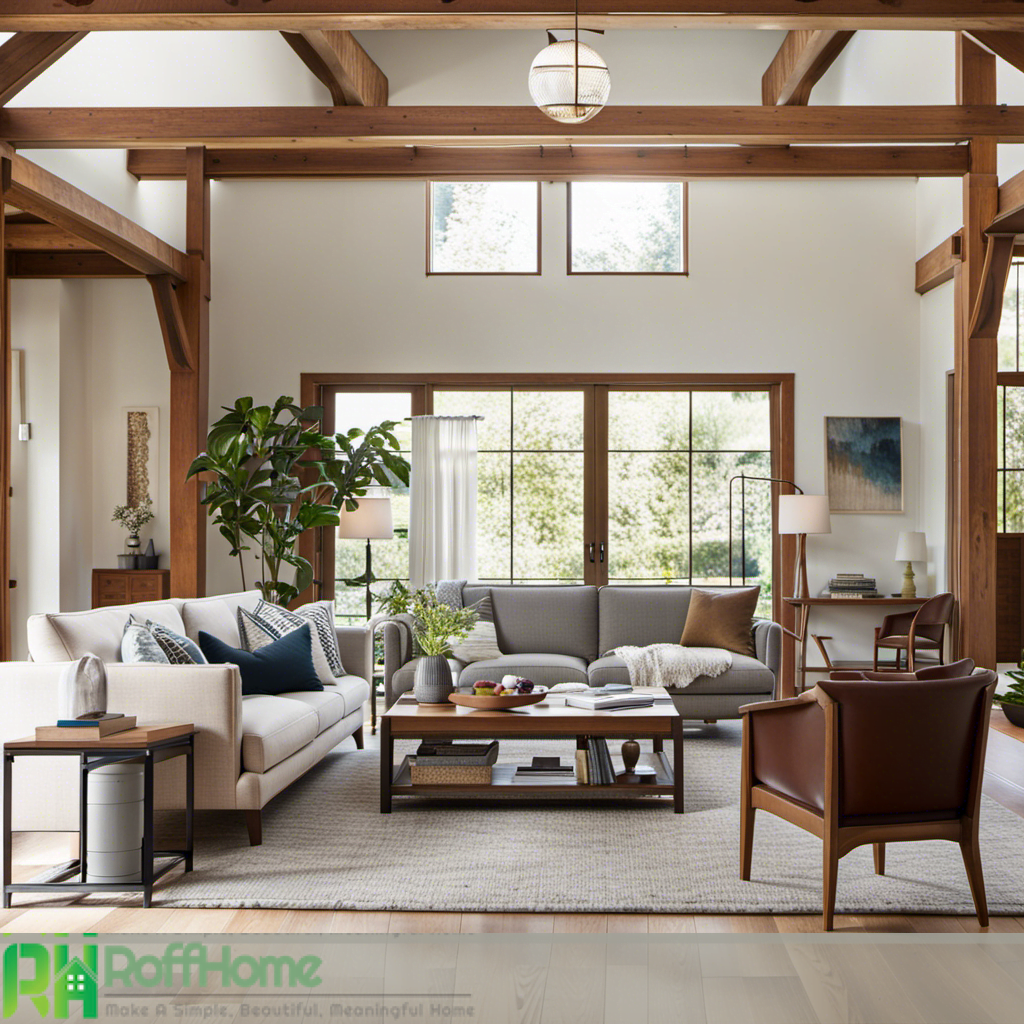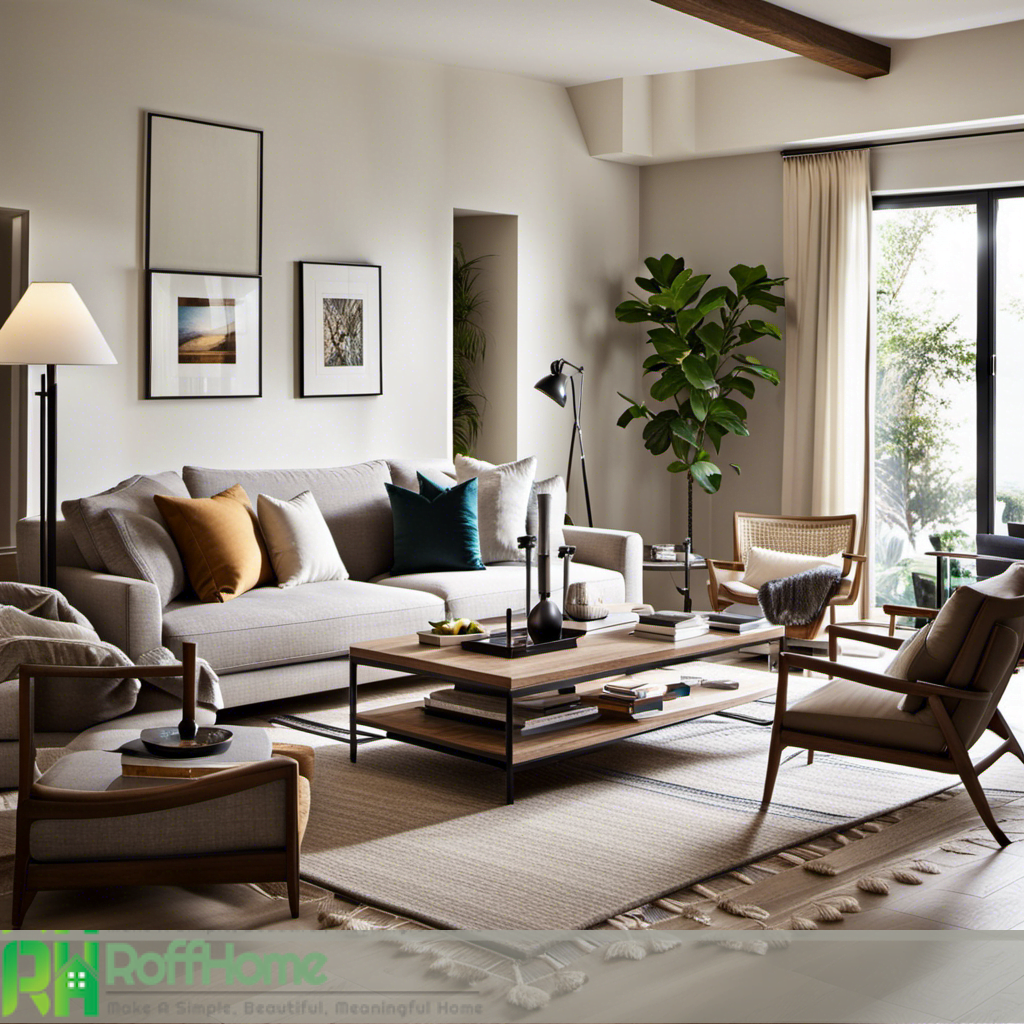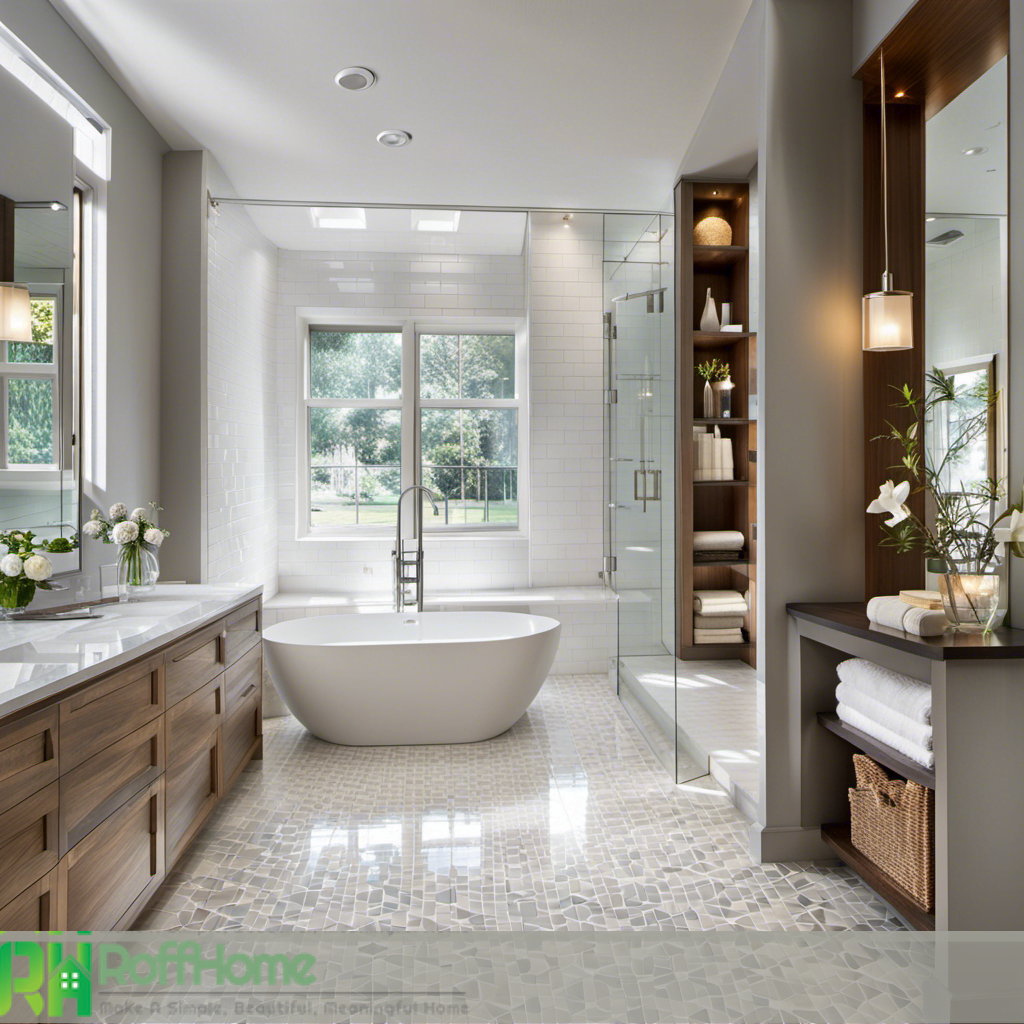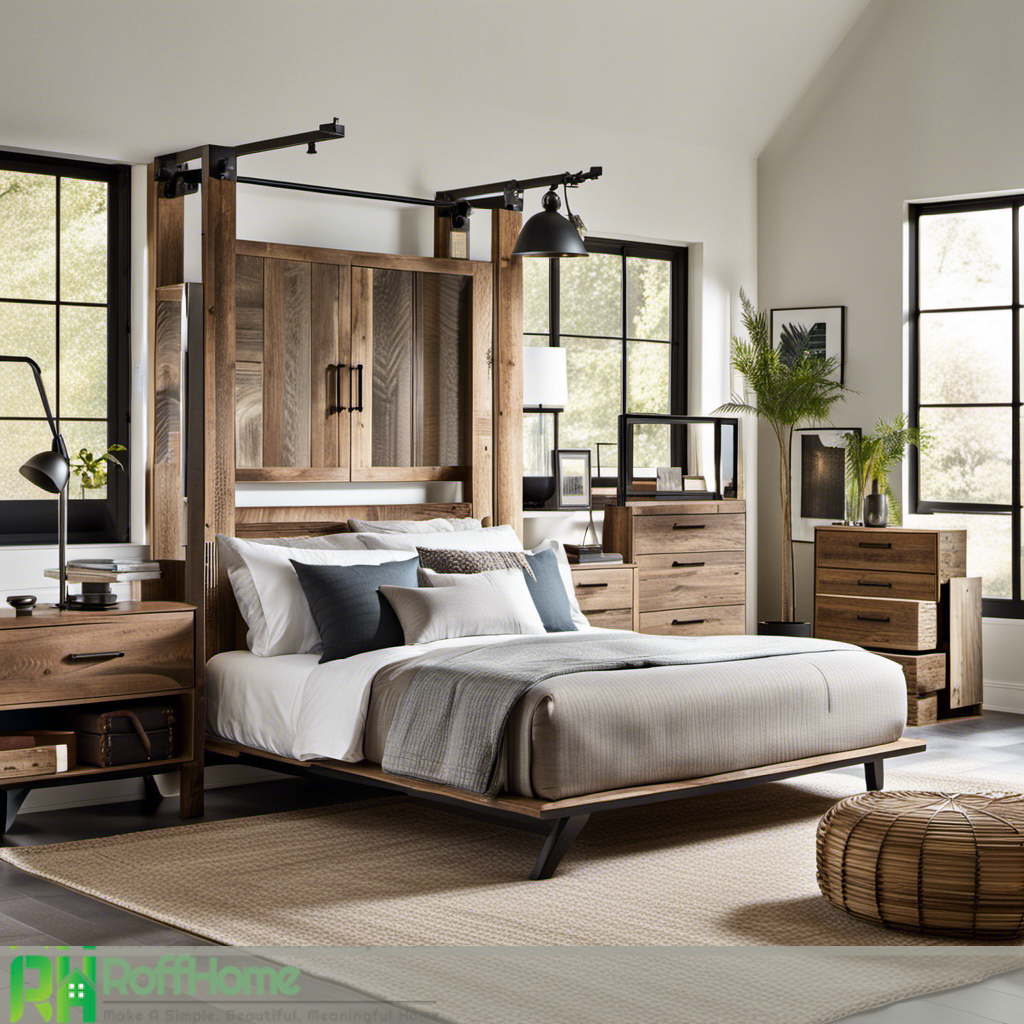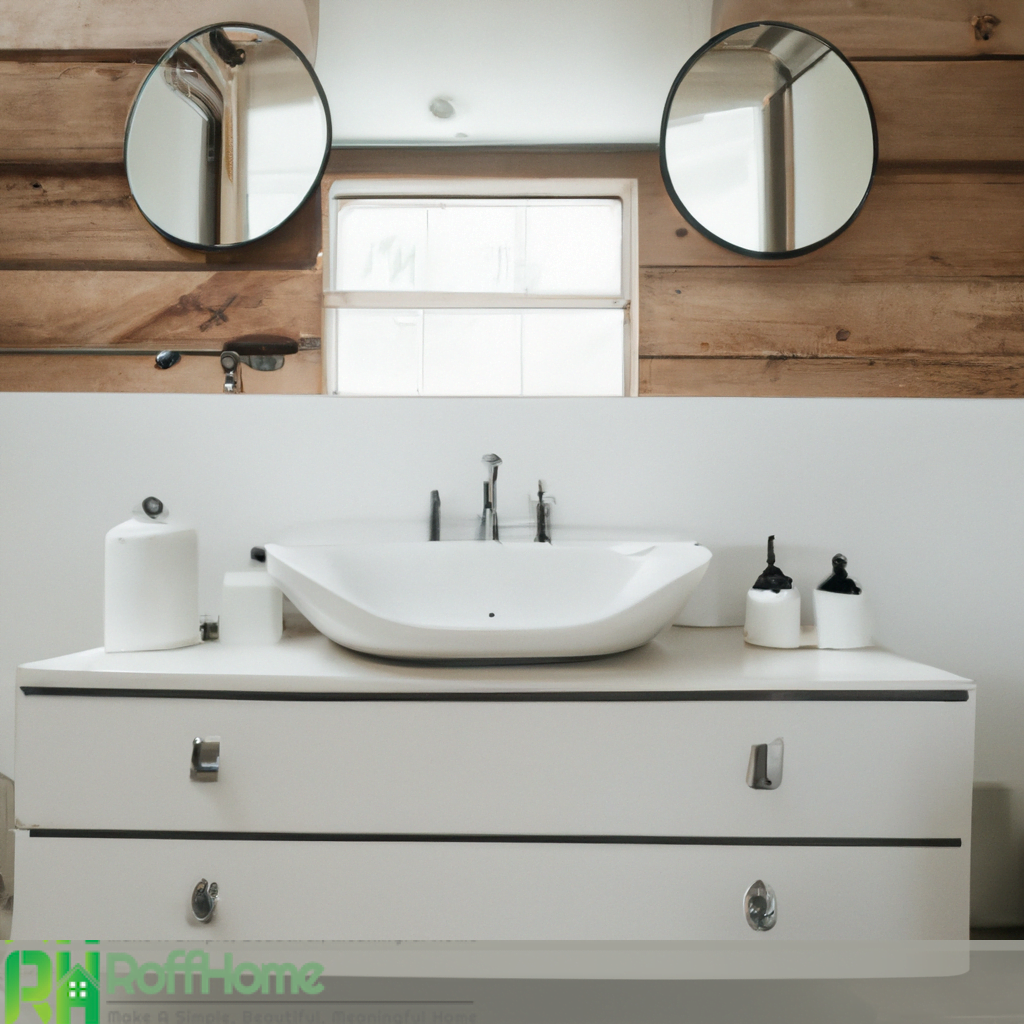Discover the Best Study Decorating Ideas for a Productive Workspace
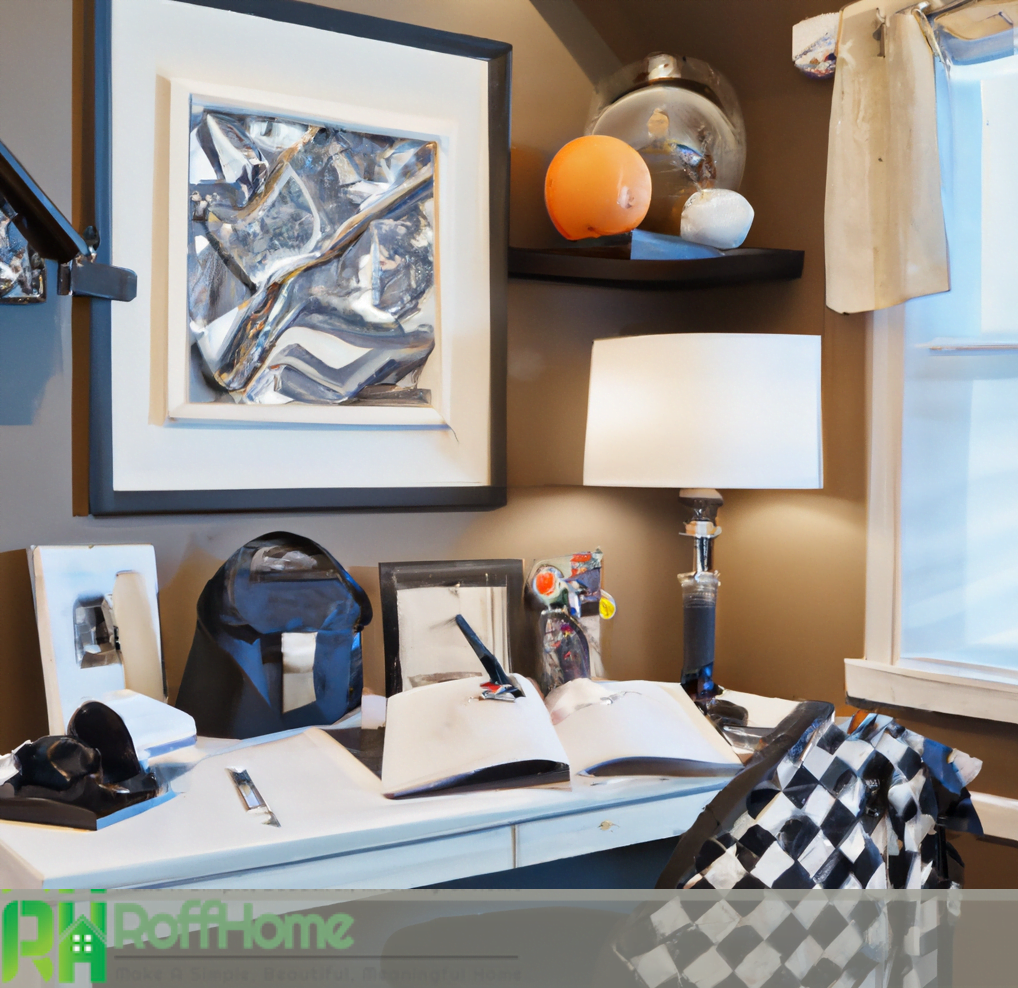
Study decorating space can be daunting, especially when the room is on a budget, in a small area, and when the individual has a unique personality to consider. However, there are several tips and tricks to help create a study environment that is both functional and aesthetically pleasing. By j considering the various aspects of decorating, such as color psychology, themes, and productivity, one can create a study space to help one focus and stay motivated.
Furthermore, small spaces can be spruced up with creative ideas that range from minimalist designs to more personalized and unique decorations. At the same time, eco-friendly and sustainable materials can help create a harmonious and stress-free environment. Additionally, decorating a shared study space can help roommates and partners create a peaceful and calming atmosphere while still being able to customize the area to their personalities. With the right tips and ideas, the perfect study space can be created, regardless of budget or space.
Minimalist study decorating ideas: How to create a clutter-free space for optimal productivity
Minimalist study decorating ideas focus on creating a simple, clean, and clutter-free workspace that helps to promote focus, concentration, and optimal productivity. A minimalist approach to study decor involves eliminating unnecessary distractions and keeping only essential items in the workspace. This article will explore how to create a minimalist study space that promotes productivity and clarity of mind.
Firstly, decluttering is an essential step in creating a minimalist study area. Start by removing any items that are not essential to your work or do not have a specific place in your workspace. Organize your desk drawers and cabinets to store essential things and keep your workspace clutter-free.
Next, choosing a minimalist desk that suits your needs is essential. A simple, functional desk without unnecessary drawers or shelves is a good option. You can select a desk with a sleek, modern design that complements your study area’s minimalist style. A minimalist desk lamp and a comfortable chair will complete the functional setup.
In a minimalist study space, limiting the number of decorations and artwork to only a few essential pieces is important. Consider a piece of artwork or a motivational quote to display on the wall to inspire and motivate you.
Another important aspect of minimalist study decor is the use of color. Neutral colors like white, black, gray, and beige are popular in minimalist design. Use a few pops of color in your accessories or decorations to add interest without overwhelming your workspace.
Finally, natural light is essential in a minimalist study space. Use natural light as much as possible, and opt for sheer curtains to allow light to pass through. If natural light is not an option, use soft, warm light sources like desk or floor lamps to create a calming atmosphere.
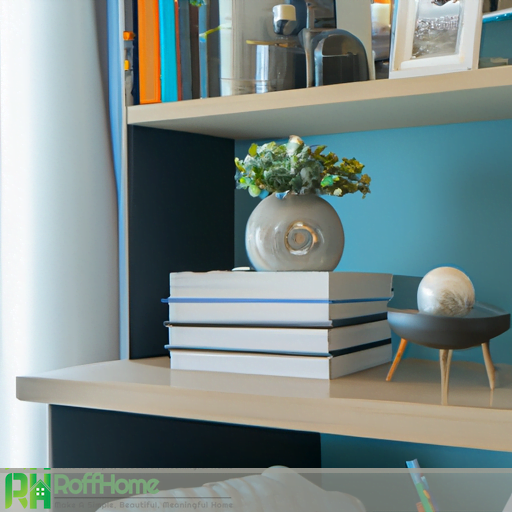
Eco-friendly study decorating ideas: How to create a sustainable and environmentally friendly study area
Creating an eco-friendly study area is a great way to promote sustainability and reduce environmental impact. By implementing a few simple changes, you can create a space that is not only beautiful and functional but also environmentally friendly.
One of the best ways to create an eco-friendly study area is to choose sustainable materials for your furniture and accessories. Look for items made from recycled or repurposed materials, such as reclaimed wood or recycled plastic. You can also choose natural materials such as bamboo or cork, which are renewable and have a lower environmental impact.
Another way to make your study area more sustainable is to focus on energy efficiency. Use energy-efficient lighting such as LED bulbs and install a bright power strip to reduce energy waste from electronics. You can also use natural light as much as possible by positioning your desk near a window or using a daylight lamp.
When it comes to decor, choose eco-friendly options such as plants or recycled art pieces. Plants improve air quality and create a calming and inviting atmosphere. Recycled art pieces can be a unique and creative way to add visual interest to your study area while promoting sustainability.
Finally, consider reducing waste and promoting recycling in your study area. Use a reusable water bottle instead of disposable plastic bottles, and provide a recycling bin for paper, plastics, and other recyclables. You can also reduce paper waste by using digital tools for note-taking and studying.
Inspiring Study Decor Themes: Design Ideas to Help You Create a Productive and Stylish Workspace
Creating an inspiring study decor theme is essential to set the tone for a productive and stylish workspace. Your study area should reflect your personality, interests, and work style. Here are some design ideas to help you create an inspiring study decor theme:
Minimalistic: A minimalistic study decor theme is a great way to create a clean, uncluttered workspace conducive to productivity. Stick to neutral colors, clean lines, and a few carefully selected pieces of furniture.
Vintage: Consider a vintage decor theme if you’re looking for a cozy, comfortable study space. Add a few vintage accessories, like an old typewriter or a globe, to create a warm, inviting atmosphere.
Industrial: An industrial decor theme is perfect for those who prefer a modern, edgy style. Use materials like metal, concrete and exposed brick to create a unique, urban look.
Nature-inspired: A nature-inspired study decor theme is ideal for those who love the outdoors. Incorporate natural materials like wood, stone, and plants to create a calming, peaceful atmosphere.
Colorful: Consider a colorful decor theme if you’re looking for a fun, vibrant study space. Choose bright, bold colors, and mix and match patterns and textures to create a playful, energetic atmosphere.
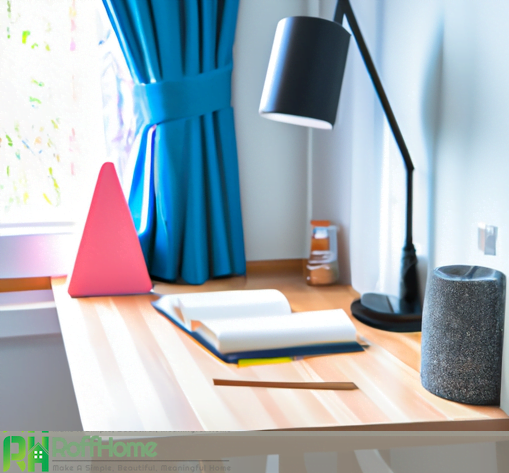
Tips for Decorating a Small Study Space: How to Make the Most of Limited Square Footage
Decorating a small study space can be challenging, but you can make the most of the limited square footage with the right approach. Here are some tips to help you decorate a small study space:
Please choose the right furniture: When decorating a small study space, selecting appropriately scaled furniture is essential. Look for compact desks, chairs, and bookshelves that will be manageable for the room.
Use wall space: Use the vertical space in your study area by installing floating shelves or a bookshelf on the wall. This will help you maximize storage space while keeping the floor clutter-free.
Choose multifunctional furniture: Consider investing in furniture that serves multiple functions, like a desk that doubles as a storage unit or a chair that also functions as a bookshelf.
Use light colors: Light-colored walls and furniture can help make a small study space more open and spacious. Avoid dark, heavy colors that can make the room feel cramped.
Keep it organized: In a small study space, clutter can quickly take over. Ensure everything has a designated place and invest in storage solutions like baskets and bins to keep things organized.
Use lighting: Good lighting is essential in a study area, especially in a small space. Use a mix of natural and artificial light to create a well-lit, comfortable workspace.
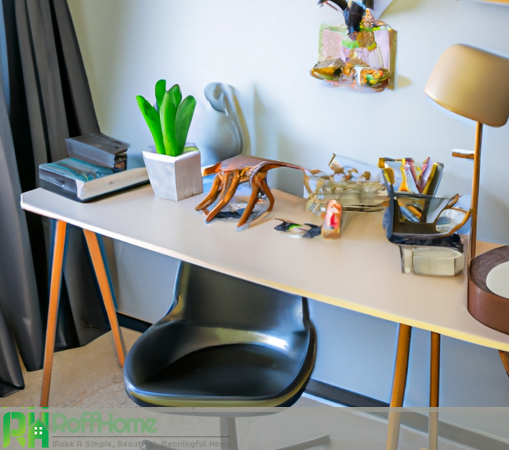
Study decorating ideas for students: How to design a functional and stylish study area.
As a student, having a functional and stylish study area can help you stay focused and productive. Here are some study decorating ideas to help you design a study area that meets your needs:
Choose a comfortable chair: Invest in a comfortable chair with good back support. This will help you stay relaxed and focused for more extended periods.
Use a large desk: Choose a large enough desk to accommodate your books, laptop, and other study materials. This will give you plenty of space to work without feeling cramped.
Make use of storage: Keep your study area organized by using storage solutions like bookshelves, file organizers, and drawer units. This will help you keep your study materials within reach and minimize clutter.
Add some greenery: Adding a few plants to your study area can help improve air quality and reduce stress levels. Choose low-maintenance plants like succulents or snake plants.
Use task lighting: Good lighting is essential for studying. Invest in a desk lamp with ample task lighting to reduce eye strain.
Personalize your space: Personalizing your study area with photos, artwork, or other decor items can help make the room more inviting and comfortable.
Choose calming colors: Use blue, green, or gray to create a calming and relaxing atmosphere in your study area.
Study decorating ideas for small spaces: Tips and tricks to maximize your limited space.
Designing a study area in a small space can be challenging, but you can maximize your limited space with some tips and tricks. Here are some study decorating ideas for small spaces:
Use vertical space: In a small study area, it’s essential to use it to your advantage. Install floating shelves or a bookshelf on the wall to maximize storage without wasting valuable floor space.
Choose a compact desk: Look for a desk scaled appropriately for your space. Choose a compact desk with storage drawers or shelves to help keep your study area organized.
Use multifunctional furniture: Invest in furniture that serves multiple functions, such as a desk with built-in storage or a chair that also functions as a bookshelf. This will help you maximize space and reduce clutter.
Use lighting: Good lighting is essential in a study area, especially in a small space. Use natural and artificial light to create a well-lit, comfortable workspace.
Keep it organized: In a small study area, clutter can quickly take over. Ensure everything has a designated place, and invest in storage solutions like baskets and bins to keep things organized.
Choose light colors: Light-colored walls and furniture can help make a small study area more open and spacious. Avoid dark, heavy colors that can make the room feel cramped.
Budget-friendly study decorating ideas: How to spruce up your space without breaking the bank
Creating a stylish study area doesn’t have to be expensive. Here are some budget-friendly study decorating ideas to help you spruce up your space without breaking the bank:
Repurpose what you already have: Look for items around your home that you can repurpose as study area decor. For example, use an old vase as a pencil holder or repurpose a wooden crate as a bookshelf.
DIY decor: Consider making your decor items to save money. Pinterest and YouTube have plenty of DIY ideas to add a personal touch to your study area.
Shop second-hand: Thrift stores and online marketplaces like Facebook Marketplace and Craigslist can be great places to find affordable study area decor. Look for items like lamps, bookshelves, and chairs that can be spruced up with a fresh coat of paint or new cushions.
Use removable wallpaper or decals: Removable wallpaper or decals can add color and pattern to your study area without the commitment or cost of traditional wallpaper.
Use free printables: Look for free printables online to add artwork or motivational quotes to your study area. Frame them for a polished look.
Get creative with storage: Use unconventional items like mason jars or baskets to store pens, pencils, and other study materials. This will add visual interest while keeping your study area organized.
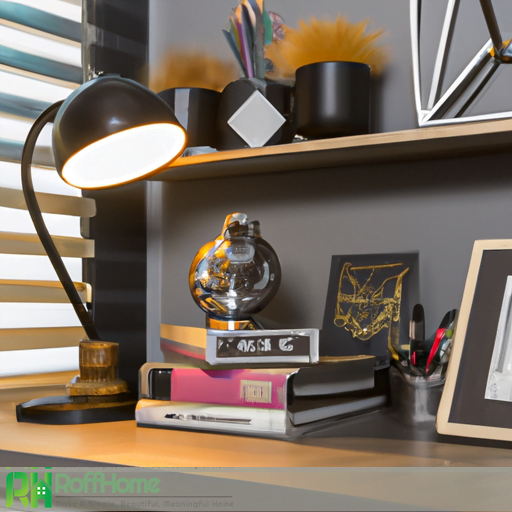
Study decorating ideas for kids: How to design a fun and functional study space for your children.
Designing a study area for kids can be a fun and creative project. Here are some study decorating ideas to help you create a fun and functional study space for your children:
Choose a kid-friendly desk and chair: Look for a desk and chair that are scaled appropriately for your child’s size. Choose a comfortable chair with good back support and a desk with ample workspace and storage.
Use bright colors and patterns: Kids love to color, so consider using bright colors and playful patterns in their study area decor. Use colorful storage containers, patterned curtains, or a fun rug to add visual interest.
Add fun accessories: Add some fun accessories to your child’s study area, such as a colorful pencil holder or a delightful desk lamp. This will help make the space feel more inviting and comfortable.
Use wall space: Use the walls to your advantage by hanging a bulletin board or magnetic board for notes and reminders. You can also hang shelves or cubbies for storage.
Personalize the space: Let your child personalize their study area with artwork or photos they love. This will make the room feel more unique and personal to them.
Make it functional: Make sure your child’s study area is available by providing ample storage for books and supplies, good lighting, and a comfortable chair.
Creating a functional and stylish study area is essential for productivity and focus. Whether you’re working with limited space or a tight budget, plenty of study decorating ideas can help you design an area that’s both functional and inspiring.

